|
Home > Devon >
Ashburton > Golden Lion
Golden Lion
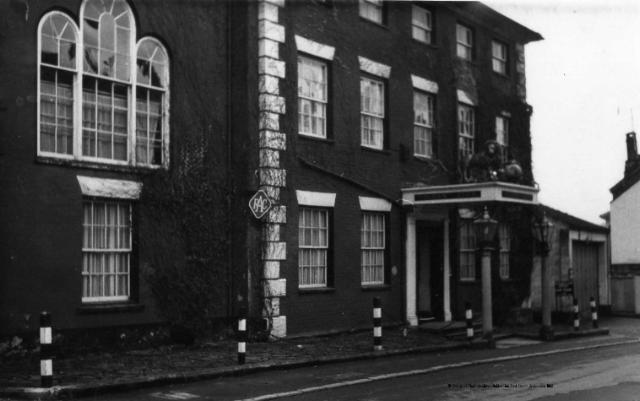 |
|
Date of photo: 1960s |
Picture source:
"Pubs and Inns of Ashburton" by Pete Webb, Obelisk |
|
|
|
|
The Golden Lion was situated at 58 East Street.
This grade-II* listed pub is now used as bed and breakfast accommodation.
Built by Nicholas Tripe as his mansion in 1768, it became a pub, hotel and
coaching house in 1797 until it closed in 1999. Final landlord was Alan
Hope, leader of The Monster Raving Loony party who moved to the Dog &
Partridge, Yateley, Hampshire. |
|
|
|
Owned by James Lloyd from 1787 and passed to his daughter Samantha, and son
in law, William Barons in the 1830s. |
|
Gordon Lloyd (March 2016) |
|
|
|
|
|
|
Listed
building details: |
Large house, now hotel. Early or mid C18, partly remodelled and extended
late C18 or early C19 (reputedly c1790 for Nicholas Tripe, surgeon). Front
and back walls of painted brick; right side wall and addition to left
rendered. Hipped slated roof. Rendered chimneys. Double-fronted and
double-depth; centre entrance passage leading to staircase between
right-hand front and back rooms. Extension to left with ballroom on first
floor. 3 storeys. 5 windows wide with 1-window extension to left. Main
entrance has panelled front door in moulded architrave; 4 moulded panels
above, flush
panels, including a centre octagon, below. Flanking fluted pilasters
supporting entablature with modillioned cornice. Upper mouldings of cornice
replaced or concealed by a deep flat canopy with coffered underside
(probably early C19); sides of canopy encased in late C20, but on top the
older figure of a golden lion with its paw on a blue ball. At the front the
canopy is supported by a large iron hoop rising from 2 painted stone
columns. Windows have flat gauged arches and barred sashes in concealed
frames: 8 over 8 panes in ground and second storeys, 4 over 4 panes in third
storey. Front flanked by raised quoins, probably of cement. Modillioned
eaves-cornice. Addition to left has windows with barred sashes: 8 over 8
panes in ground storey, 4 over 4 panes in third storey. Second storey has a
variant of the Venetian window with 3 round-arched lights. Prominent boxed
eaves-cornice. Side wall to right has 2 canted bays, the windows with barred
sashes of 8 and 4 panes. Similar sashes in rear wall; extension with 3-light
Venetian window matching that at the front. Interior: inner door with early
or mid C19 moulded frame; patterned fanlight incorporating 6-sided lantern
with enriched frame. Ground floor rooms and entrance passage of original
part of building have original bracketed and dentilled cornices; bracketed
cornice on first floor landing (rooms not inspected). C18 dog-leg staircase,
its balustrade voluted at the foot; turned balusters with square
necking-pieces, column-newels, shaped step-ends. Ballroom has moulded
cornice;
enriched chandelier boss set in a small dome. |
|
|
|
Do you have any anecdotes, historical information, updates or photos of this pub? Become a contributor by submitting them here. Like this site? Follow us on

You can also make email contact with other ex-customers and landlords of this pub by adding your details to this page. |
|
|
|
Other Photos |
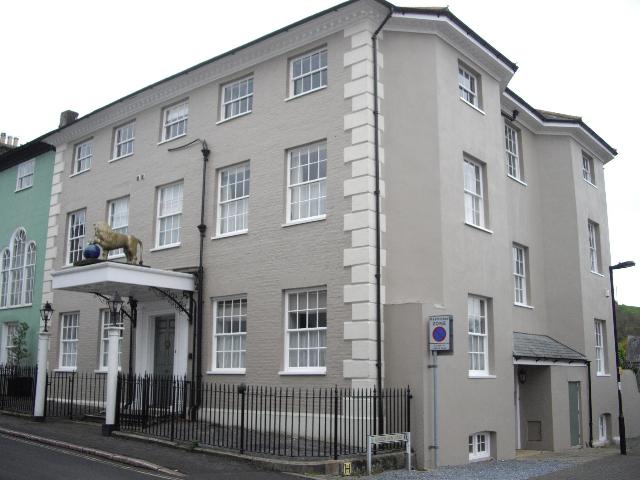 |
|
Date of photo: 2012 |
Picture source: Clive Schneidau |
|
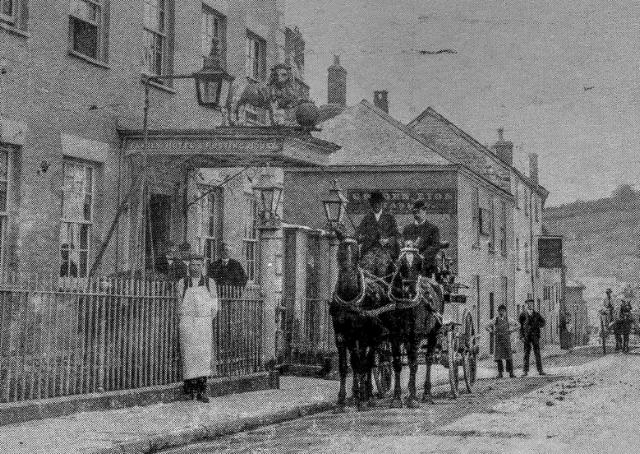
|
|
|
Picture source: Clive Schneidau |
|
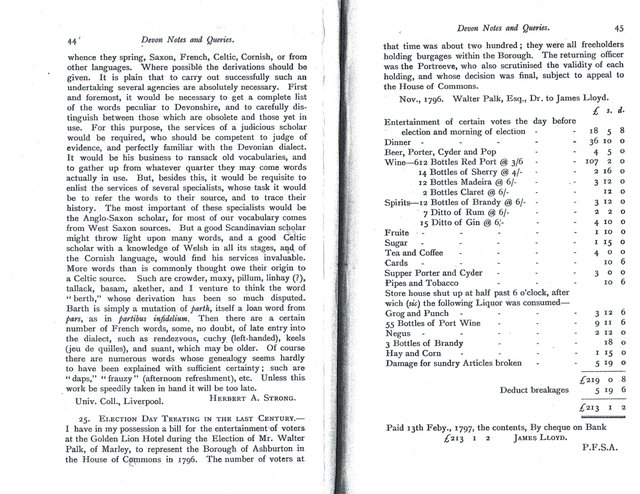
|
|
Expenses incurred at an election party here in
1797 |
Picture source: Gordon Lloyd |
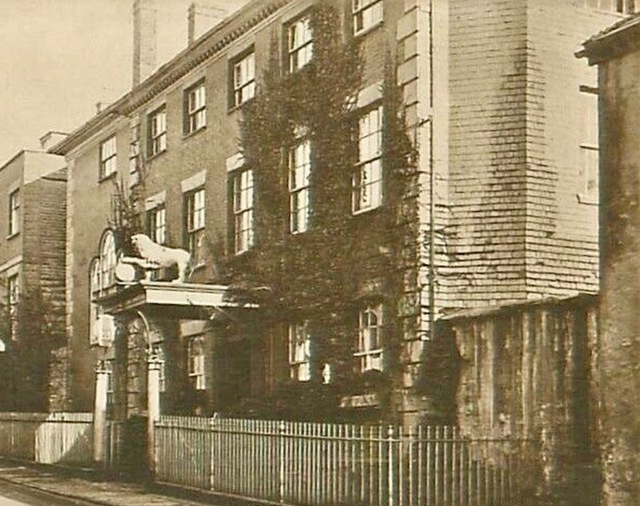 |
|
Picture source: Hania Franek |
|
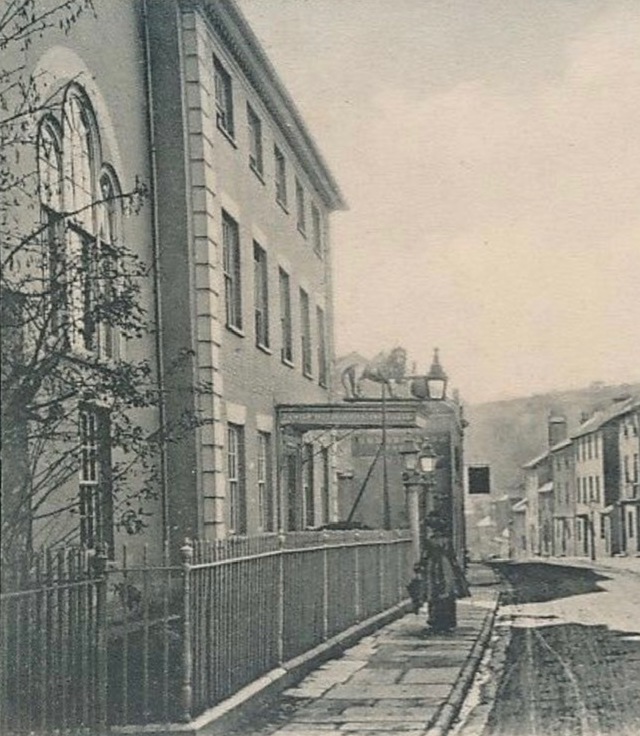
|
|
Picture source: Hania Franek |